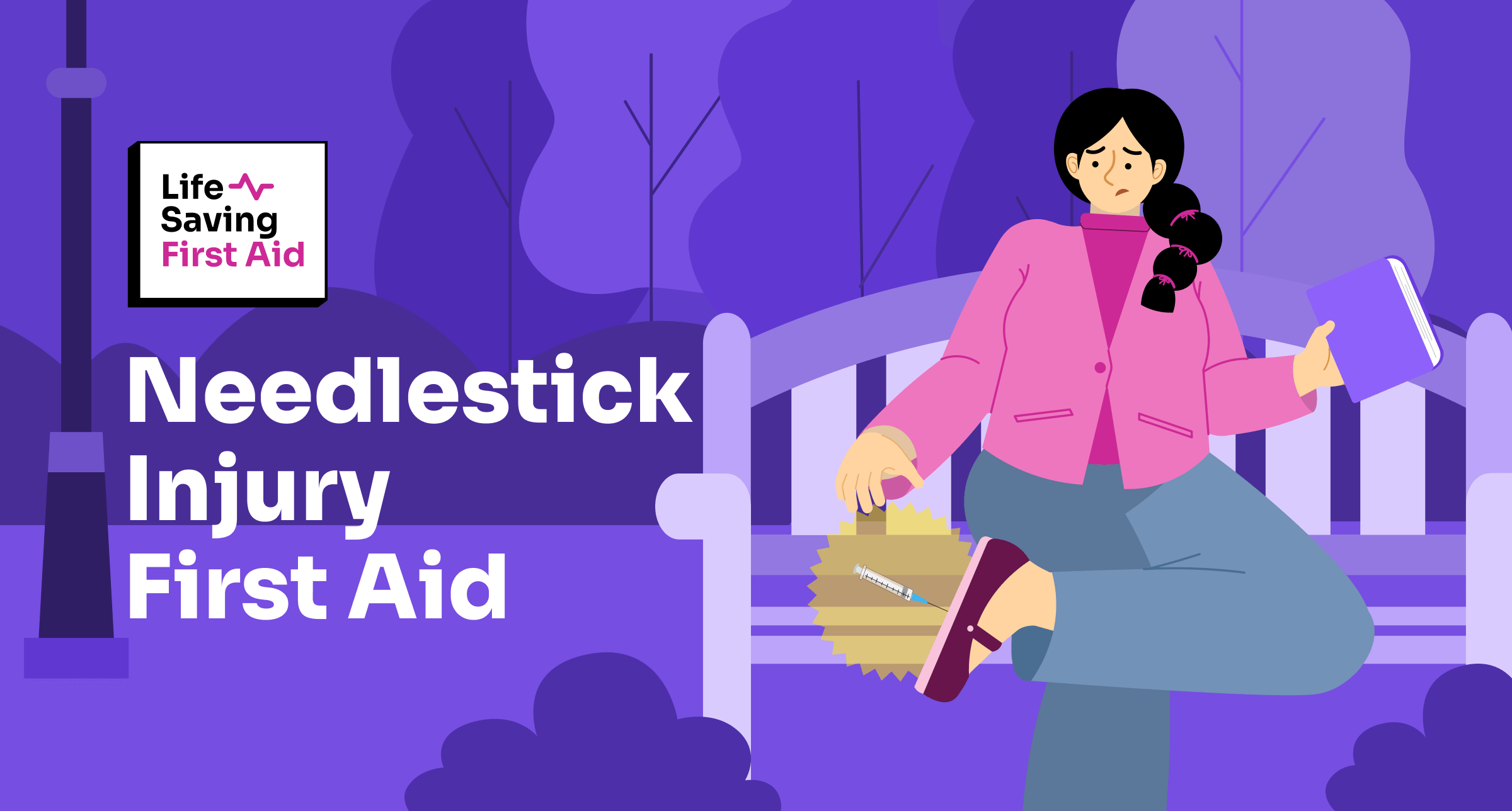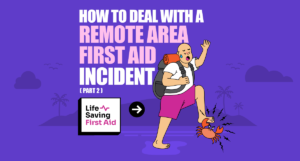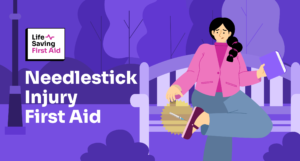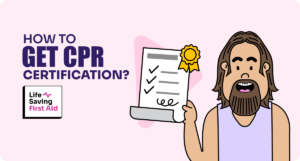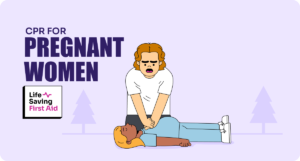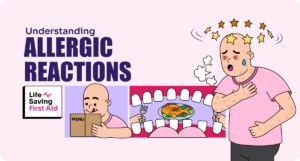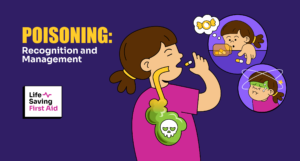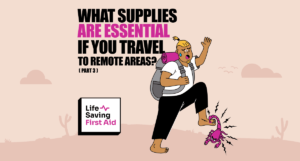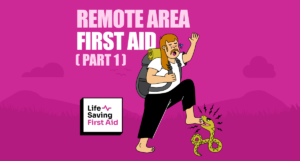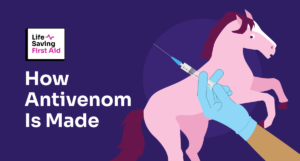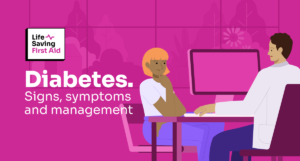Introduction
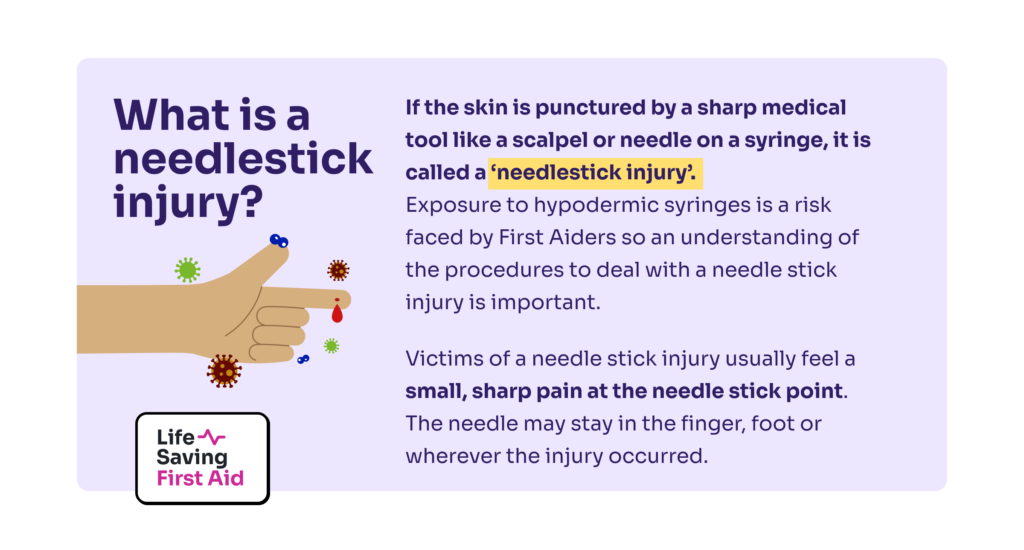
What is a needle stick injury?
If the skin is punctured by a sharp medical tool like a scalpel or needle on a syringe, it is called a ‘needlestick injury’.
Exposure to hypodermic syringes is a risk faced by First Aiders so an understanding of the procedures to deal with a needle stick injury is important.
How does needle stick injury happen?
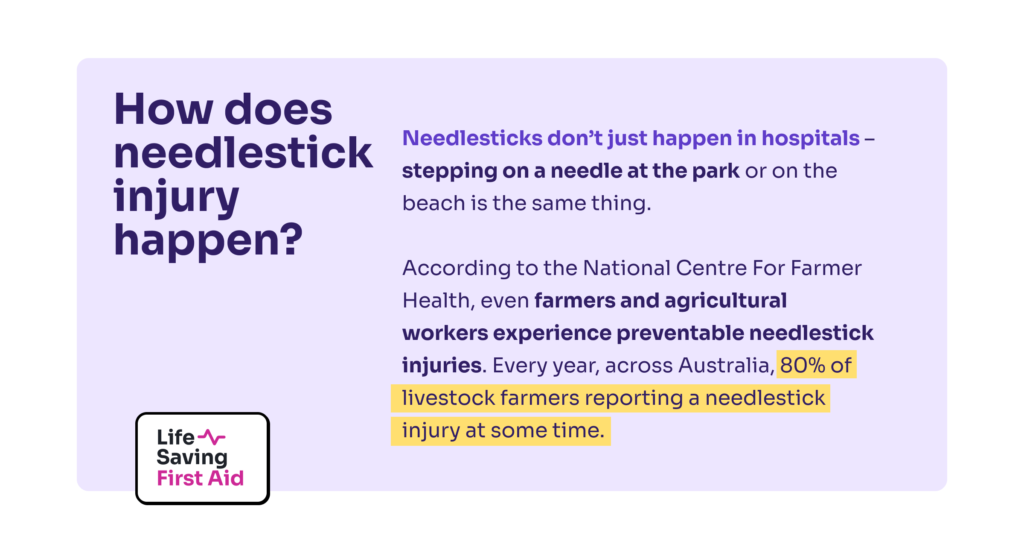
Needlesticks don’t just happen in hospitals – stepping on a needle in park or on the beach is the same thing. Fortunately, infection by HIV, hepatitis B or hepatitis C in these situations is rare.
According to the National Centre For Farmer Health, even farmers and agricultural workers experience preventable needlestick injuries. Every year, across Australia, 80% of livestock farmers reporting a needlestick injury at some time. This means the farmer may be injected with harmful chemicals.
Signs and Symptoms of needle stick injury

Victims of a needle stick injury usually feel a small, sharp pain at the needle stick point. The needle may stay in the finger, foot or wherever the injury occurred. A small drop of blood may appear.
Management

The recommended action to take is:
- Wash the area gently with soap and running tap water as soon as possible. – If not, available you can use hand sanitiser
2. Apply an antiseptic and a clean dressing to the injury area
4. Seek prompt medical advice from your local doctor or hospital emergency department, preferably within 24 hours.
5. Dispose of the needle safely.- In an identified sharps container, or you could put the needle in an empty plastic water bottle for later disposal in a sharp’s container.
Conclusion
While it is unlikely that you will encounter a needle stick injury, it is possible.
If you do, remember:
• Wash, clean and cover the injury
• Seek medical aid within 24hrs
• Dispose of the needle safely and correctly.
This was a very short Article Post. If you found this one interesting, you can check out more here –https://lifesavingfirstaid.com.au/blog/
Well, that’s that. Until next time… Stay safe.
